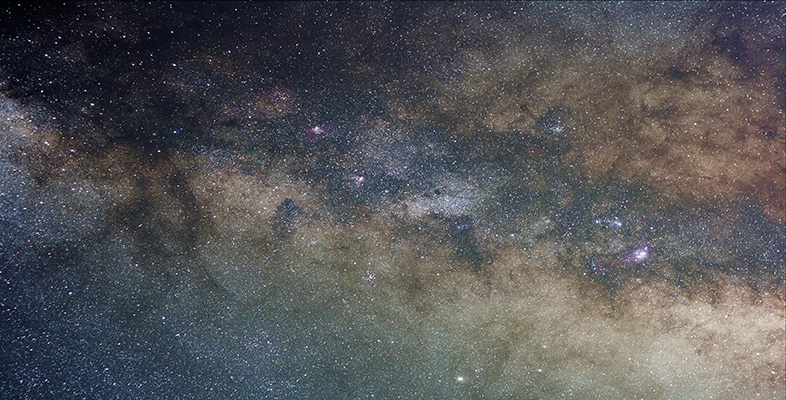7.4 Models of active galaxies
The standard model of an AGN consists of an accreting supermassive black hole (the engine) surrounded by a broad-line region contained within a torus of infrared emitting dust and a narrow-line region.
Unified models attempt to explain the range of AGNs on the assumption that they differ only in luminosity and the angle at which they are viewed.
One type of model attempts to unify radio-quiet AGNs. Type 1 Seyferts and type 2 Seyferts differ only in the angle at which they are viewed. Radio-quiet quasars (QSOs) are similar to Seyferts but much more powerful. Evidence for this model is strong.
Another set of models, in which the engine emits a pair of jets, attempts to unify radio-loud AGNs. The observer sees a radio galaxy, a quasar or a blazar as the viewing angle moves from side-on to the jets to end-on. These models remain controversial and there is not yet a consensus on whether such a unification is possible.
The difference between radio-loud and radio-quiet AGNs may lie in the angular momentum of their black holes. The faster-spinning holes may have arisen from mergers of black holes resulting from the collision of their host galaxies.
